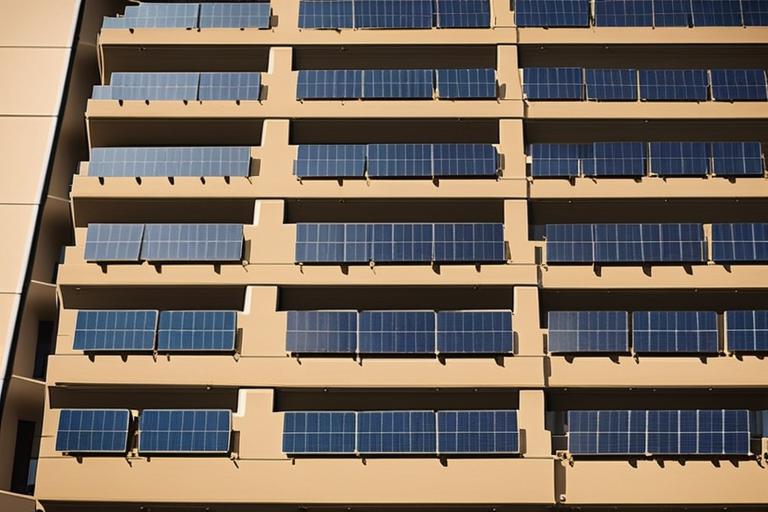
The Ultimate Solar Panel Structural Support Guide in SF
What You’ll Learn About Solar Panel Structural Support in San Francisco
- Importance of proper structural support for solar panels in SF
- Environmental and regulatory considerations for solar panel support
- Structural engineering, design, and installation best practices for solar panel support
What is the Importance of Solar Panel Structural Support in San Francisco?
When considering the installation of solar panels in San Francisco, it’s crucial to understand the significance of proper structural support. The structural integrity of solar panel arrays is essential for their long-term performance and safety. In this comprehensive guide, we will delve into the various aspects of solar panel structural support in the San Francisco area, covering environmental factors, regulatory considerations, engineering requirements, installation best practices, maintenance, case studies, and future trends.
Environmental and Regulatory Considerations

Climate and Weather Conditions in San Francisco
San Francisco’s unique climate and weather conditions play a vital role in determining the structural requirements for solar panel installations. The city experiences a blend of marine, cool, and Mediterranean climates, which impact the design and engineering of solar panel support systems. The frequent occurrence of fog and wind patterns in the Bay Area also calls for robust structural design to ensure the stability of solar arrays.
Local Building Codes and Zoning Regulations
Local building codes and zoning regulations in San Francisco have a direct impact on the structural support requirements for solar panels. Understanding and complying with these regulations are pivotal for successful solar panel installations. Factors such as setback requirements, height restrictions, and load-bearing capacity guidelines must be carefully considered to ensure adherence to the city’s building standards.
Compliance and Permitting Requirements for Solar Panel Structural Support
Compliance with permitting requirements is a fundamental aspect of solar panel structural support projects. Navigating the permitting process, including obtaining approvals for structural modifications and ensuring compliance with building codes, is essential for the legal and safe installation of solar panels.
| Consideration | Impact on Solar Panel Support |
|---|---|
| Climate and Weather Conditions in San Francisco | Influence structural requirements for wind and fog resistance, and resilience to marine and Mediterranean climates. |
| Local Building Codes and Zoning Regulations | Directly affect structural support requirements, including setback, height, and load-bearing capacity guidelines. |
| Compliance and Permitting Requirements | Fundamental for legal and safe installations, involving approval for structural modifications and building code adherence. |
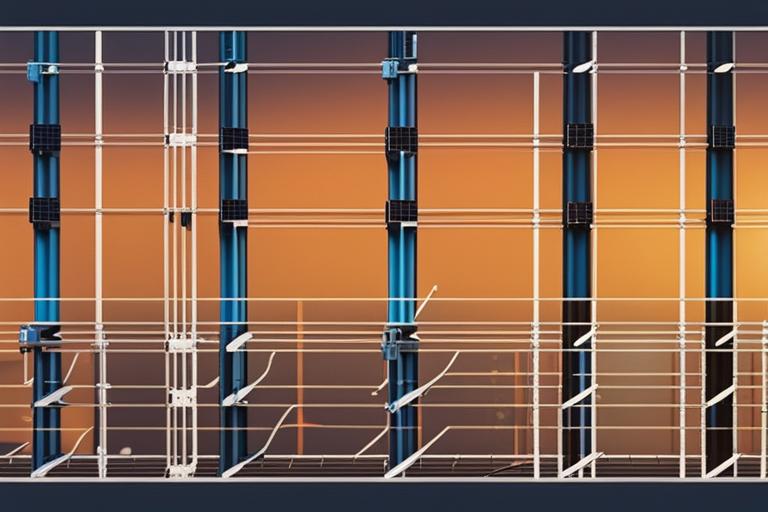
Structural Engineering and Design Requirements
Wind Load and Seismic Resilience Considerations
In San Francisco, the consideration of wind load and seismic resilience is paramount in the structural design of solar panel support systems. The city’s proximity to fault lines necessitates robust engineering to ensure the stability and safety of solar arrays in the event of seismic activity.
Material Selection and Engineering for Structural Support
The selection of materials and engineering techniques for solar panel structural support is critical for long-term performance and durability. Factors such as corrosion resistance, load-bearing capacity, and compatibility with roofing materials need to be carefully evaluated to ensure the structural integrity of the solar panel arrays.
Calculations and Analysis for Solar Panel Structural Support Systems
Thorough calculations and structural analysis are indispensable for designing and implementing effective solar panel support systems. Engineers must consider factors such as roof load distribution, deflection limits, and structural stability to guarantee the reliability and safety of the solar panel installations.
Site Assessment and Installation Planning
Roof Condition Evaluation for Solar Panel Installations
Conducting a comprehensive evaluation of the roof’s condition is crucial prior to solar panel installations. Assessing the structural integrity of the roof and identifying any repairs or reinforcements needed are essential steps in ensuring the successful implementation of solar panel support systems.
Load-Bearing Capacity Analysis and Structural Integrity Assessment
Analyzing the load-bearing capacity of the roof and conducting a thorough assessment of its structural integrity are vital for determining the feasibility of solar panel installations. Understanding the roof’s capacity to support the weight of the solar arrays is essential for safe and durable installations.
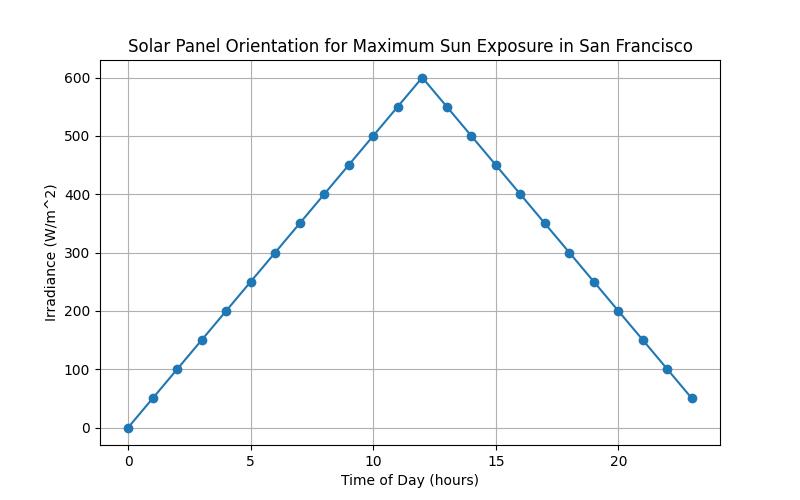
Optimal Orientation for Solar Exposure and Performance
Determining the optimal orientation of solar panels for maximum sun exposure and energy production is a key consideration in the installation planning phase. Factors such as shading, tilt angles, and azimuth orientation play a significant role in optimizing the performance of solar panel arrays.
Construction and Installation Best Practices
Anchoring Methods and Techniques for Solar Panel Arrays
Implementing effective anchoring methods and techniques is essential for securing solar panel arrays to the roof structure. Proper anchoring not only ensures the stability of the panels but also contributes to the overall structural safety of the solar installation.
Safety Considerations and Quality Assurance during Construction
Prioritizing safety considerations and implementing rigorous quality assurance measures during the construction phase are imperative for successful solar panel installations. Adhering to safety protocols and industry best practices is essential for the well-being of installation crews and the long-term performance of the solar arrays.
Compliance with Regulatory Standards and Building Codes
Adhering to regulatory standards and building codes throughout the construction process is non-negotiable. Compliance with safety regulations and structural requirements is essential for obtaining necessary approvals and ensuring the legal and safe operation of solar panel installations.
Permitting, Compliance, and Inspection
Permit Application Processes for Solar Panel Structural Support
Navigating the permit application processes for solar panel structural support projects requires a comprehensive understanding of the regulatory requirements and documentation needed for approvals. Engaging with the relevant authorities and submitting accurate and detailed permit applications are essential steps in securing the necessary permits for solar installations.
Inspection Protocols and Procedures for Ongoing Compliance
Establishing inspection protocols and procedures for ongoing compliance is crucial for the long-term performance and safety of solar panel arrays. Regular inspections ensure that the structural support systems are functioning as intended and are in compliance with regulatory standards.
Ensuring Long-Term Performance, Safety, and Compliance
Ensuring the long-term performance, safety, and compliance of solar panel structural support systems requires a proactive approach to maintenance, periodic inspections, and adherence to evolving regulatory requirements. Prioritizing the ongoing compliance and safety of solar installations is essential for their sustained effectiveness.
Maintenance and Long-Term Performance
Importance of Regular Maintenance for Solar Panel Structural Support
Regular maintenance is essential for preserving the structural integrity and performance of solar panel support systems. Periodic inspections, cleaning, and proactive repairs contribute to the longevity and efficiency of solar arrays in San Francisco’s dynamic environmental conditions.
Quality Assurance and Control Measures for Long-Term Performance
Implementing robust quality assurance and control measures is essential for safeguarding the long-term performance of solar panel structural support systems. Monitoring the structural integrity of the support systems and addressing any issues promptly are critical for ensuring sustained efficiency and safety.
Ensuring Safety and Efficiency through Routine Inspections
Routine inspections play a pivotal role in ensuring the safety and efficiency of solar panel installations. Periodic assessments of the structural support systems and adherence to maintenance schedules are essential for upholding the performance and safety standards of solar arrays.
Case Studies and Examples
Real-World Examples of Solar Panel Structural Support in San Francisco
Exploring real-world examples of solar panel structural support projects in San Francisco provides valuable insights into successful installations and innovative design solutions. Case studies offer practical applications of structural engineering principles and best practices for solar panel arrays in the city.
Innovative Design Solutions and Best Practices from Successful Projects
Gaining an understanding of innovative design solutions and best practices from successful solar panel support projects enriches the knowledge base for future installations. Examining the outcomes of well-executed projects contributes to the advancement of solar panel structural support engineering.
Lessons Learned and Key Takeaways from Case Studies
Extracting lessons learned and key takeaways from case studies provides actionable insights for improving the design, installation, and maintenance of solar panel structural support systems. Incorporating best practices and addressing challenges identified in case studies enhances the overall quality and reliability of solar installations.
Real-Life Example of Solar Panel Structural Support: The Johnson Residence
Background
The Johnson residence, located in the heart of San Francisco, decided to invest in solar panels for their home in an effort to reduce their carbon footprint and energy costs. However, they were faced with the challenge of ensuring proper structural support for the installation due to the unique environmental and regulatory considerations in the city.
Structural Engineering and Design Requirements
After consulting with a structural engineer, the Johnsons learned about the importance of considering wind load and seismic resilience in the design of their solar panel support system. The engineer also emphasized the need for careful material selection and detailed engineering calculations to ensure the safety and longevity of the installation.
Site Assessment and Installation Planning
The Johnsons’ roof underwent a thorough evaluation to assess its condition and load-bearing capacity. It was crucial to determine the optimal orientation for the solar panels to maximize solar exposure while maintaining structural integrity.
Construction and Installation Best Practices
During the installation process, the Johnsons’ contractor employed advanced anchoring methods to secure the solar panel arrays. Strict adherence to safety considerations and building codes was maintained throughout the construction phase.
Maintenance and Long-Term Performance
Regular maintenance procedures were implemented to uphold the structural support system’s performance and safety. Routine inspections were conducted to ensure the continued efficiency of the solar panel installation.
This real-life example illustrates the practical application of the considerations and best practices outlined in this guide, highlighting the importance of proper structural support for solar panels in San Francisco’s unique environment.
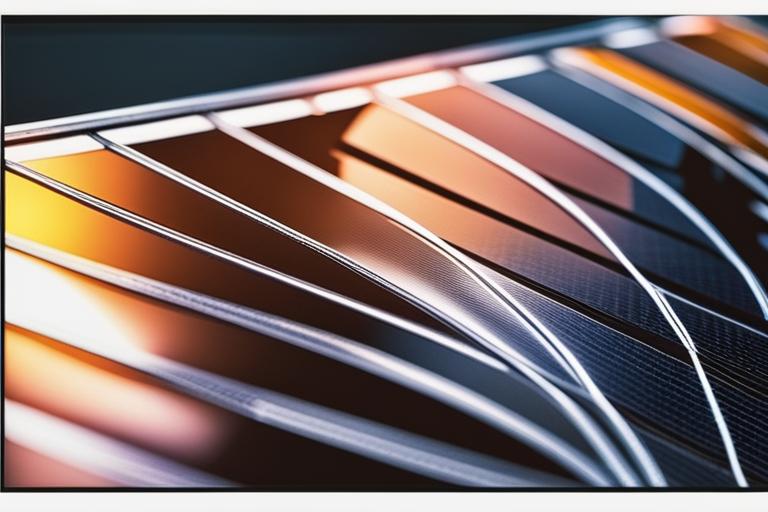
Future Trends and Innovations
Advanced Materials and Technologies for Solar Panel Structural Support
The evolution of advanced materials and technologies presents exciting prospects for enhancing the structural support of solar panels. Exploring innovative materials, such as lightweight composites and advanced anchoring systems, offers potential improvements in the efficiency and durability of solar panel installations.
Integrated Design Approaches and Sustainable Construction Methods
Integrated design approaches and sustainable construction methods are shaping the future of solar panel structural support. Embracing holistic design principles and sustainable construction techniques contributes to the development of resilient and eco-friendly solar installations in San Francisco.
Potential for Continued Advancements in Solar Panel Support Engineering
The potential for continued advancements in solar panel support engineering underscores the dynamic nature of the industry. Anticipating and adapting to emerging engineering trends and technological innovations is crucial for driving progress in the design, construction, and maintenance of solar panel structural support systems.

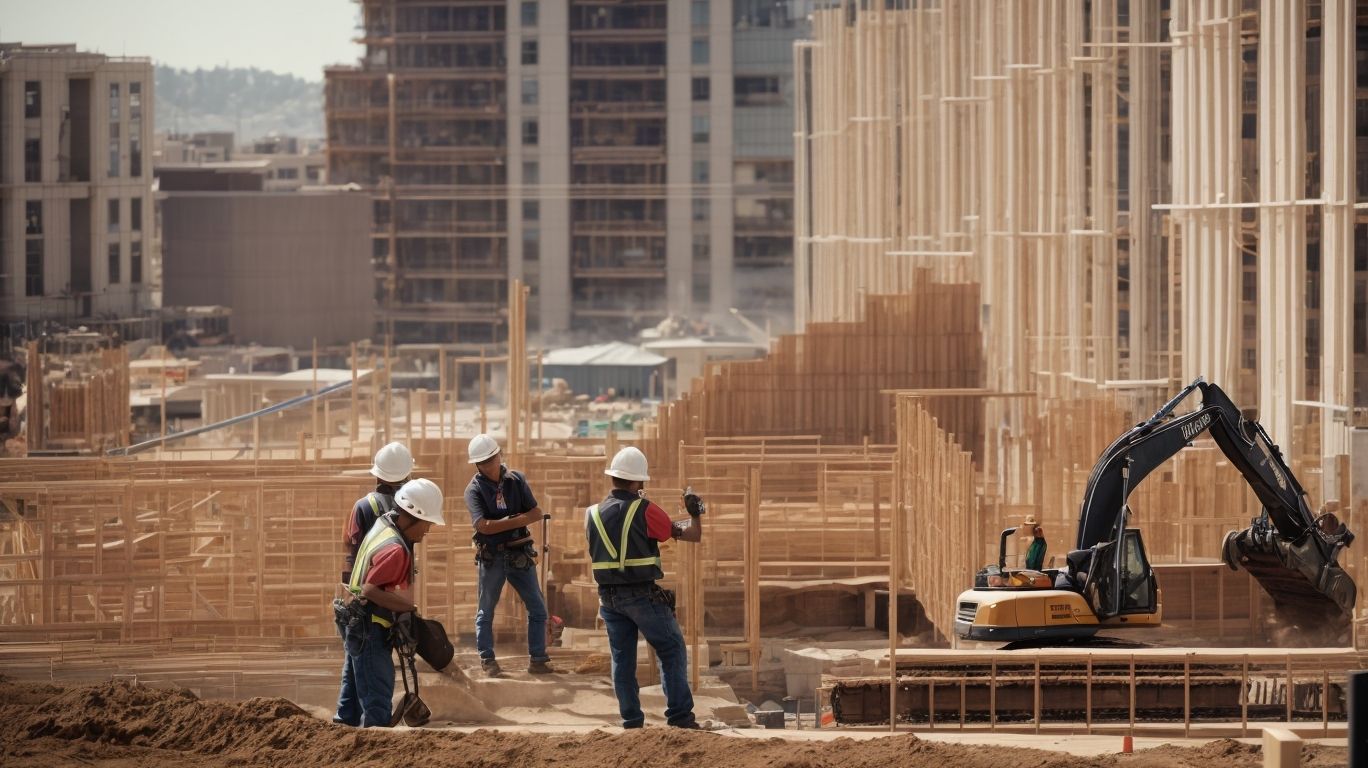
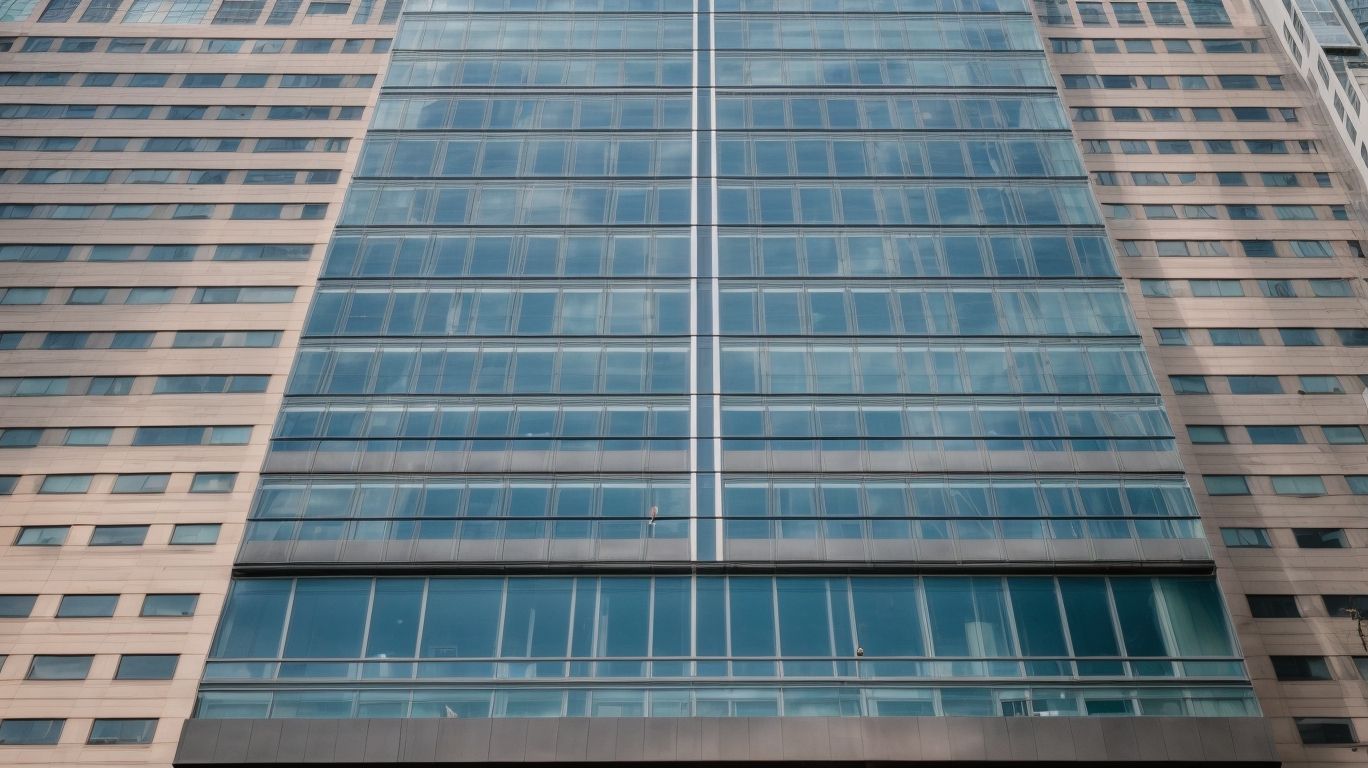

No Comments